Broiler breeding: fewer males, more mating
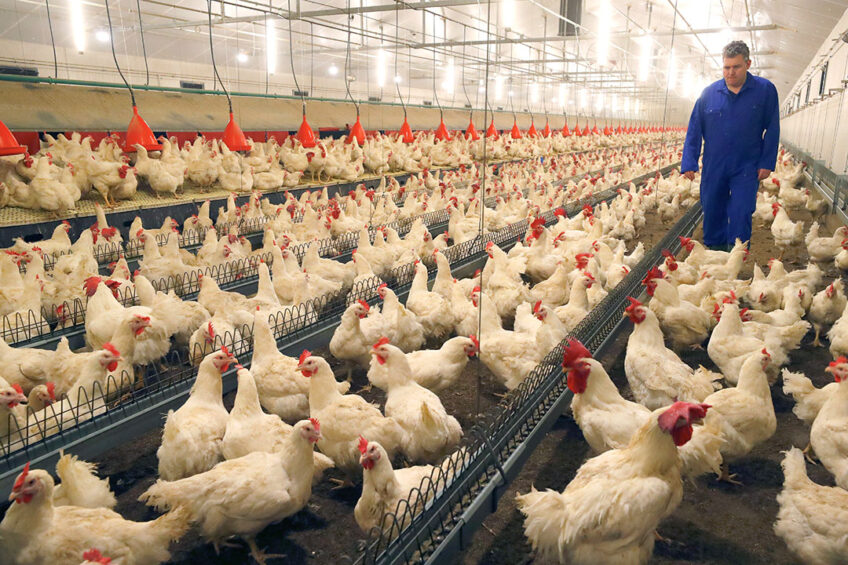
Starting with a low male percentage and increasing this over time can lead to more voluntary matings, better feathering and higher fertility later in life. This is the conclusion of broiler breeder studies performed by Wageningen Livestock Research under commercial conditions.
Previous research has shown that about 90% of matings in broiler breeders are forced which leads to about 50% failed matings. In addition, mating behaviour in broiler breeders is often rough, with an increased risk of damage to hens’ feathers and skin. The rough mating behaviour can lead the hens to retreat to the slats and hide in the nests with an adverse effect on fertility. An experiment conducted in the US in the 1990s showed that a small proportion (4%) of the hens were responsible for more than 40% of the unfertilised hatching eggs.
9% males a standard
Breeder flocks normally start with 9% males at placement, after which this percentage drops due to mortality and culling to 7-8% at 40 weeks of age. Often 1-2% of males are added (spiking), giving time to restore the male percentage. Research has shown that mating frequency, percentage of successful matings, sperm quality and sperm quantity gradually decrease with age as well.
The combination of decreasing physiological and biological characteristics and male percentage may reinforce each other and result in poorer results in the second part of lay. In addition, males are above average sexually active at the beginning of the laying period and even mate 5-10 times more than is biologically necessary, which is known as ‘over mating’. In nature, a female mates once a week, which is enough for the entire clutch of 7-10 eggs. This is because the hen can store sperm in the 2,000-3,000 sperm storage tubules near the cloaca. With each ovulation, the sperm sets off to fertilise the new embryo.
Excessive mating early in the laying period may result in avoidance behaviour in the females which may lead to fewer matings later in life. Data under commercial conditions show that a higher male percentage at the start of the laying period leads to relatively higher mortality among the males. This is probably due to the greater chance of aggressive competitor behaviour between the males. In addition, the forthcoming EU ban on removing the small hind toe in males could lead to more injuries during mating. This makes it all the more urgent to conduct research on ways that will lead to less forced mating behaviour.
Managing an adjusted male percentage
Because of the decline in the physiological and biological characteristics of the males, Van Emous (2007) proposed using an opposite male percentage development approach (Figure 1). He suggested to start with a low percentage (4-5%) and add additional males at several ages during the laying period (e.g., +1% around 30, 40 and 50 weeks of age). This totally different approach to male percentage maintains greater fertility to the end of the laying period.
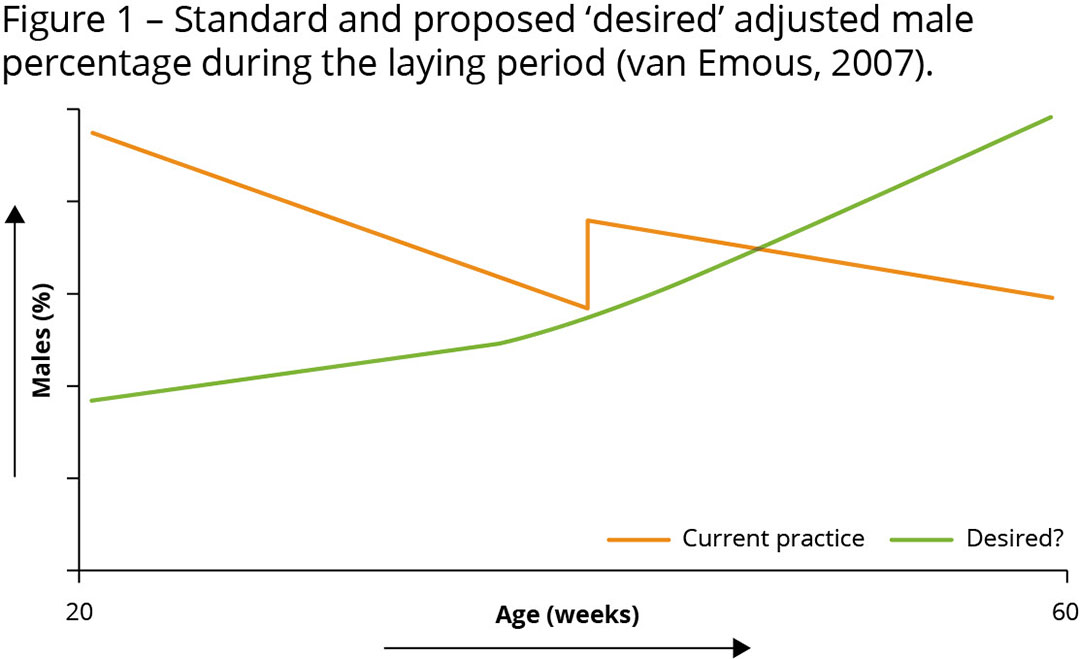
He advised transferring 8-9% males to the breeder farm and placing 3% in a separate male house and to use these males as reserves and in a 4-5-week period place them in the main flock after 30 weeks of age (WOA). To study this different principle of male percentage management, several on-farm experiments (with Ross 308 breeders) were conducted in the Netherlands.
Experiment in breeder group system
The first on-farm experiment was carried out in a breeder house with the Veranda system (Vencomatic) with different cages (groups). Each group consisted of 660 females and there were 2 groups in 1 row (total 1,320 hens). A total of 8 groups were used for the study. During the experiment, 4 groups with an increasing male percentage were compared with 2 groups with a decreasing male percentage (control).
In the control groups, 7.2% males were placed at the start, which slowly decreased to 6.4% at 60 WOA during the laying period, with spiking done twice (Figure 2). In the groups with an increasing percentage of males, the male percentage was 4% at the start. This percentage was increased 3 times during the laying period to a final 7% at 50 WOA.
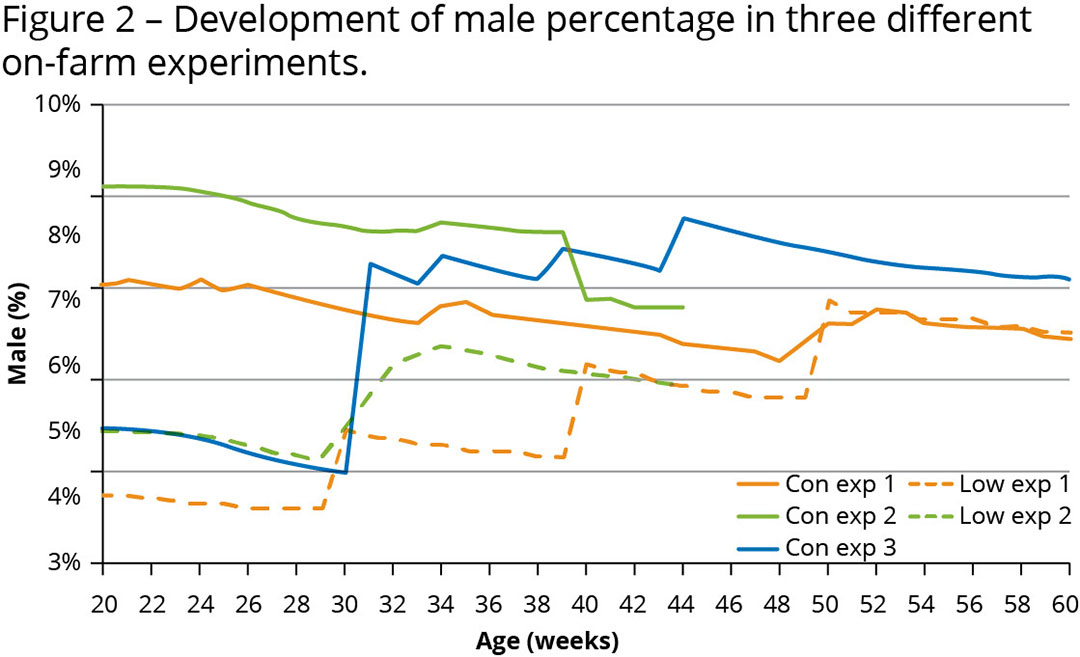
Improved feather cover
There were no differences in successful matings between the control and increasing male percentage groups. However, more voluntary matings (30% vs 14%) were observed in the groups with increasing male percentage. During voluntary matings, females crouch spontaneously in the presence of a male or after touching. Feather cover was better from the first observation at 29 WOA and maintained through 54 weeks of age (Figure 3). These results can be explained by the higher number of voluntary matings and thus less female struggle behaviour during mating that impairs feather cover.
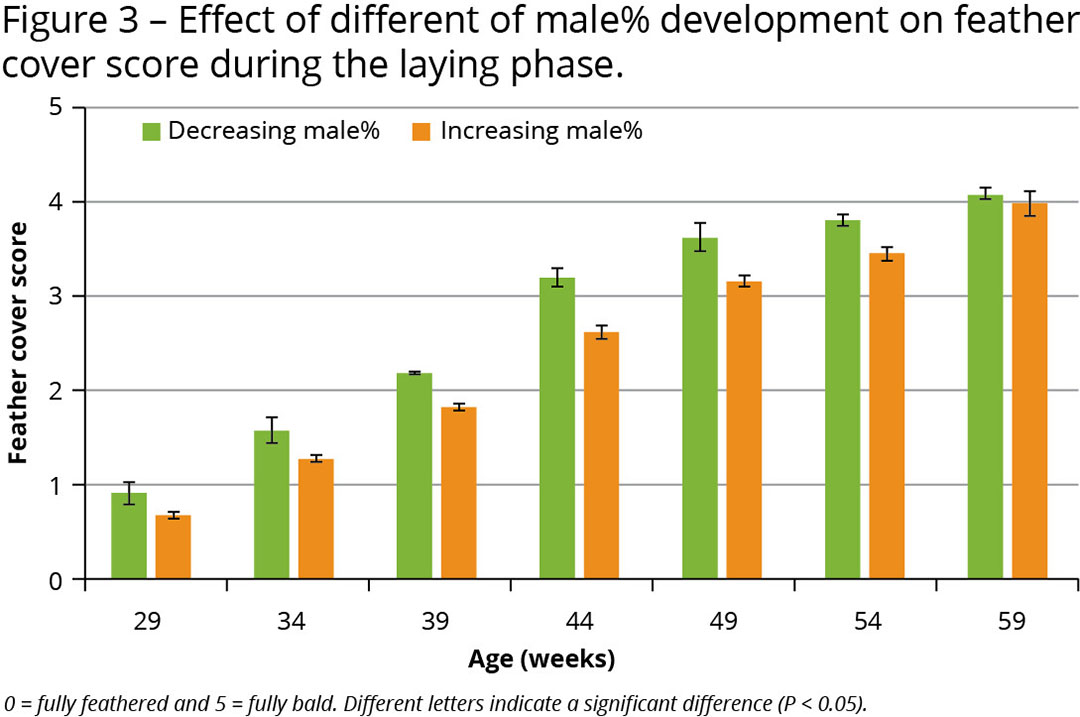
Higher fertility second phase of lay
Over the entire laying period, there were no differences in embryonic mortality, true fertility and hatchability between the 2 male management strategies. However, an age effect combined with male percentage was found on true fertility (Figure 4). Between 29 and 44 WOA no differences in true fertility between the treatments were observed. From 49 WOA onwards, however, a significant difference of 3% emerged in favour of the eggs from the groups with an increasing male percentage.
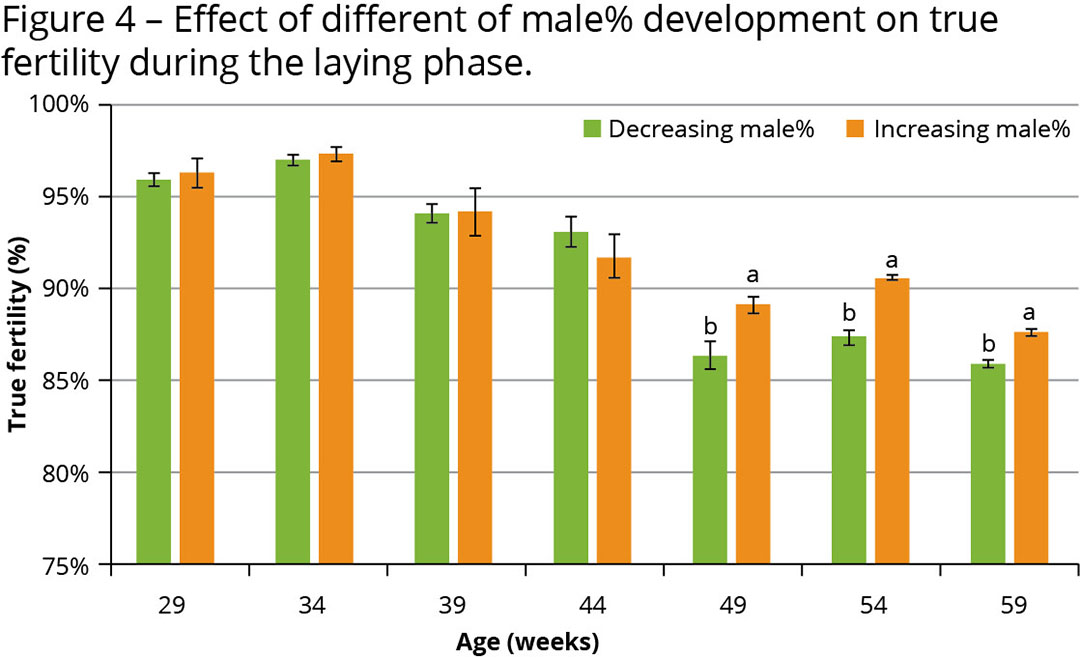
The higher fertility at the end of the laying period in the groups with increasing male percentage was caused by the lower male percentage at the start of the laying period. As a result, fewer matings took place, so the hens may have developed less fear of the males, while a high male percentage at the beginning of the laying period had the opposite effect. Due to the high frequency of mating during initial lay, the hens, especially in combination with poorer feathering, showed fewer matings at an older age.
Experiment in standard litter/slat houses
The second on-farm experiment was carried out on a breeding farm with 4 breeder houses with 40,000 breeders. The houses were equipped with a litter floor (50% of the surface), slats (50% of the surface), feed troughs and bell drinkers. The experiment made use of 2 houses with 8.8% and 5% males at 20 WOA for the control and experimental houses, respectively (Figure 2). Additional males were kept in a separate male compartment until they were added to the experimental house from 30 WOA. The male compartment was equipped with similar equipment to the main house.
Management in the separate barn was important to prevent mortality (and culling) and to produce first class males. The stocking density was low (5 males/m2), light intensity was low (5 lux), day length 8 hours, with extra elements (slats/perches) to avoid competitors and average BW was 100g lower compared to the males in the main house. From 30 WOA, 1.5% males were gradually added over 4 weeks to a maximum of 6.3% males. Unfortunately, due to an vian influenza infection the experiment was stopped at 44 weeks duration.
More voluntary matings
More voluntary matings were observed in the house with the low male percentage (Figure 5). At 27 and 30 WOA an average of 55% of the matings were voluntary in the house with 5% males. In the house with the standard male percentage approx. 20% of the matings were voluntary. After adding 1.5% males, between 30 and 34 WOA, the difference in voluntary matings between the standard and low male percentage disappeared.
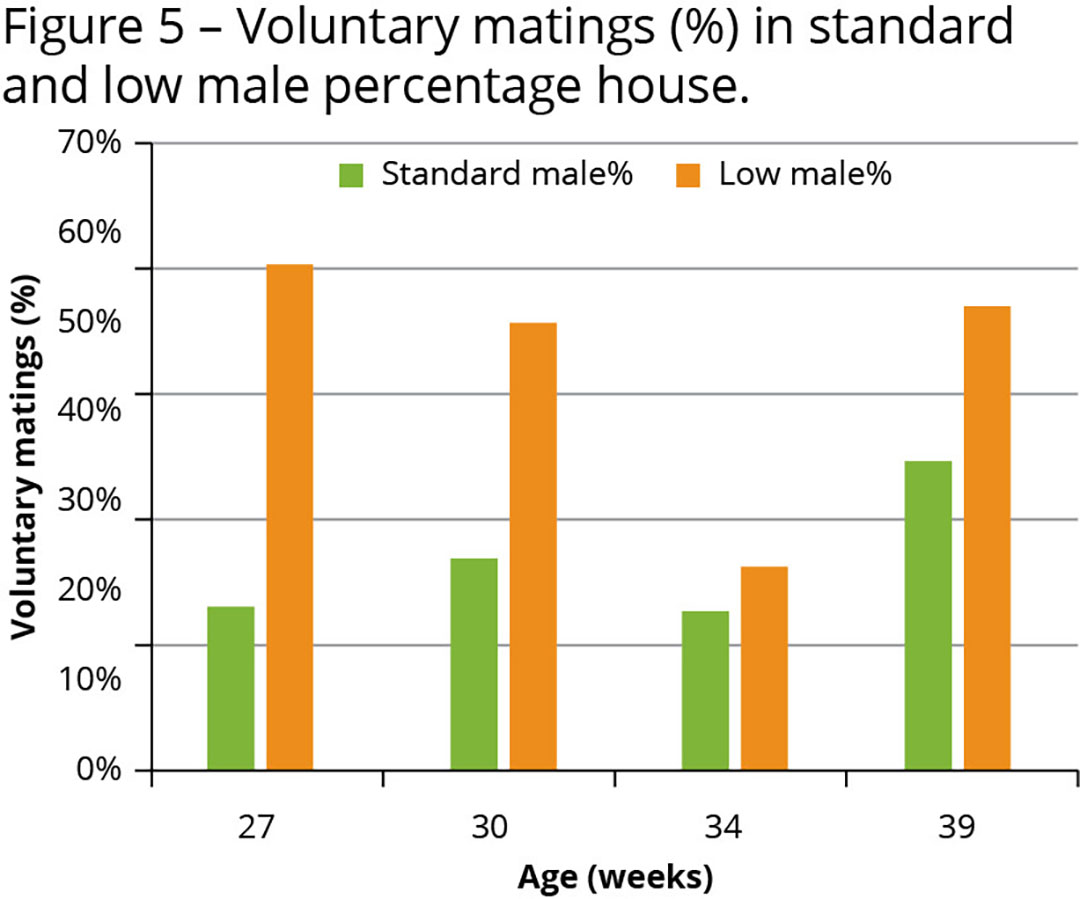
The strong decrease in the percentage of voluntary matings in the house with a low percentage of males was caused by adding extra males, which resulted in a sharp increase in the number of total matings. After the habituation period of more males, however, the higher percentage of voluntary matings was observed again. Due to the higher incidence of voluntary matings, more successful matings were also observed. In the house with the standard and low male percentage, 43% and 61% of successful matings, respectively, were observed.
Better feather cover
In the on-farm experiment, the females in the low male percentage house had better feather cover than the females in the standard male percentage house. The better feather cover was due to the higher percentage of voluntary and successful matings. In general, mating behaviour is therefore not rough, and in combination with less aggressive interactions, feather cover isn’t impaired as much.
Fertility until 30 WOA lower
True fertility was on average 2.3% lower up to 30 WOA (before adding 1.5% males) in the low male percentage house (Figure 6). It is striking that a huge difference in the male percentage (3.8% points) resulted in such a small difference in fertility. It is also interesting that the true fertility at 34 WOA (after adding 1.5% makes) in the low male percentage house was comparable to the standard male percentage house.
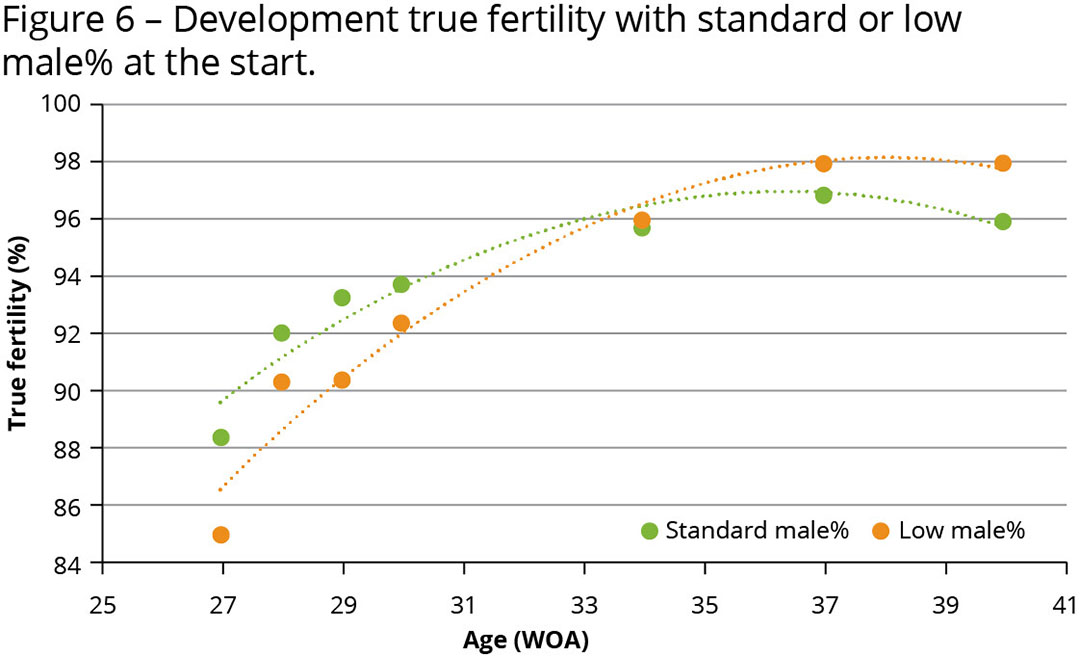
At 37 WOA the true fertility was even slightly higher for the low male percentage house. Because the flock was depopulated due the avian influenza outbreak, unfortunately, we do not know what the results would have been in the second part of lay. It was expected that due to the better mating behaviour at the beginning of the laying period, the females would be more willing to mate at the end of the production period and therefore have a higher fertility.
Start with 5% males in all houses
Due to transport issues during the avian influenza crisis, a commercial flock started at the end of 2022 with only 5% males at 20 WOA (Figure 2). This breeder farm consisted of 4 houses with 20,700 birds (females and males) in total. Due to mortality and culling at 30 WOA only 4.3% were present in the different houses. At 31 WOA, 3% mature males were divided over the houses, followed by spiking with males at 33, 38 and 43 WOA, resulting in a fairly stabile male percentage at around 7.5% while ageing.
The breeders were housed in standard European layout breeder houses with a central slatted area (50% of the floor surface) with community nests on top and on both sides of the litter area. Male feeders were positioned to the walls and female feeders were placed on both the litter and slats.
Good reproduction
The results of this farm are more an observation than a real on-farm study because all the houses contained the same percentage of males. Despite this, the results on this farm are still very interesting to show. Between 20 and 30 weeks only 4.7% males were present and the fertility and hatchability at 30 weeks of age was still 91% and 88.2%, respectively. These numbers are comparable with the performance objectives of the breeder company. Total hatching egg production was 183 with, on average, 87.2% hatchability until 60 weeks of age. Total mortality was very low at 5%.
Practical application
Starting with a low percentage of males can be applied when male quality (BW uniformity and health) is guaranteed. Recent experience in practice shows that non toe-clipped males have better leg health and a lower mortality (and thus culling) during the rearing phase. Another advantage of starting with a small percentage of males is the decreased level of aggressive interactions between males with potentially lower mortality.
Switching to the proposed adjusted male percentage pattern, state-of-the-art broiler breeder farms need a separate male house. This house must be equipped with feeders, drinkers and slats comparable to the main houses. The idea is to deliver 8% males to the breeder farm and keep 3% of them in this separated male house until approx. 30 weeks of age. At that age, over a period of 3 weeks, the remaining males are placed in the main houses to increase the male percentage.
Take young males around 35 weeks of age to the breeder farm and rear them to maturity in the separate house until they are mature and use them as spiking males. This can be done twice during the second phase of the laying period to ensure an increasing male percentage during the laying phase. It is, of course, essential that bio security measures are strict and that blood samples are taken and tested before transporting the spiking males.
 Beheer
Beheer


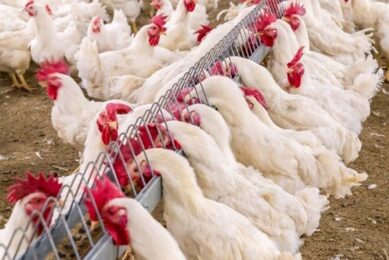
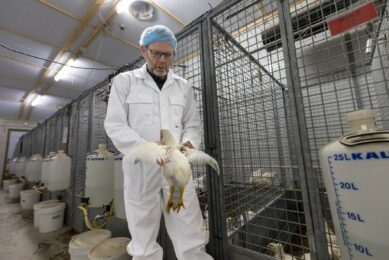
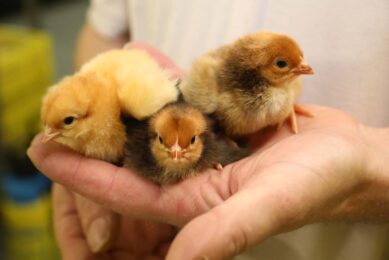
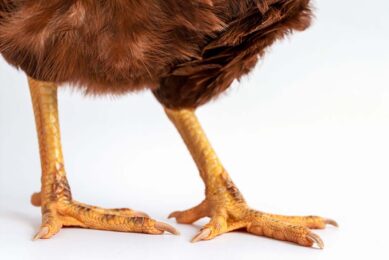





 WP Admin
WP Admin  Bewerk bericht
Bewerk bericht